Most likely:
As a top-load Whirlpool washer user, one of your greatest concerns is a defective agitation mechanism.
You’d absolutely hate to load your washer, power it on, then watch with dismay as the agitator awkwardly struggles to twirl.
The thing is:
Most top-load Whirlpool washers rely heavily on a properly functioning agitator to provide your clothes with the best possible care.
So, it’s no wonder anybody would dread a faulty washer agitator.
But you’re not so lucky, are you?
You’re here because your Whirlpool washer, for some reason, is not agitating properly, or even worse, not at all.
At least:
You’ve come to the right place for the necessary troubleshooting guidance, as we have conducted careful research to help you.
Keep reading to discover why your Whirlpool washer isn’t agitating properly and useful recommendations to fix it.
Table of Contents
Whirlpool Washer Is Not Agitating Properly
Several factors could cause your Whirlpool washer to agitate poorly. Fortunately, replacing faulty internal components often does the trick. The washer parts to pay attention to include the transmission drive block, motor coupler, drive belt, rotor/stator, and drive motor. Of course, you must also check the agitator and its components for defects.
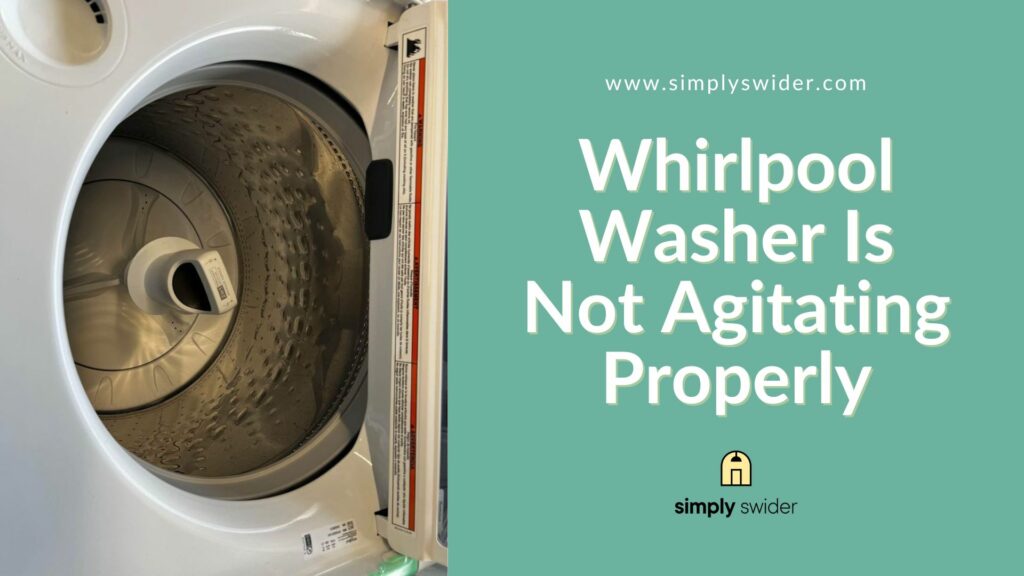
1. Replace Damaged Agitator Components
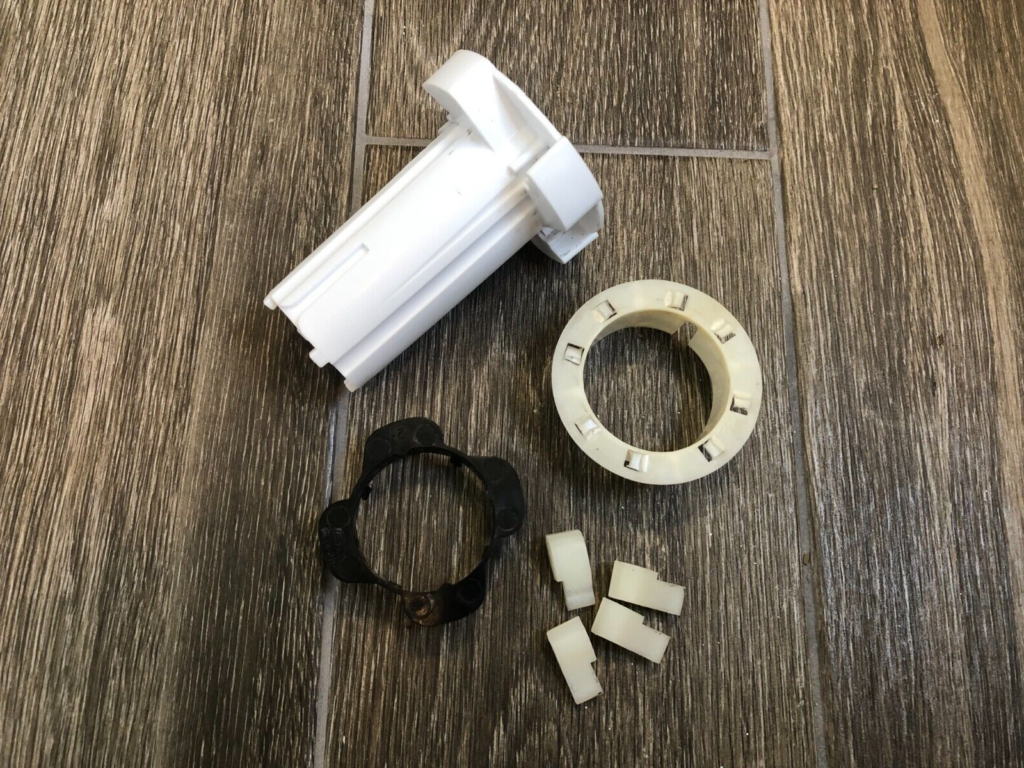
Look:
When you discovered your Whirlpool washer was having issues agitating, you probably immediately assumed there was a rudimentary problem with the agitator.
Well:
Your guess could be right!
Your Whirlpool washer might be having problems agitating because the agitator or some of its components have taken some damage.
You see:
The long vertical vaned or finned spindle is attached at the center of the wash basket, rubbing against clothes to break down stains.
If agitator components wear out, break, or fail, your Whirlpool washer will struggle to agitate appropriately, if it even works.
What else?
The upper agitator may get stripped out at the point where it connects to the lower agitator. Similarly, the lower agitator could have damage at the drive system connection point inside the washer.
So, what do you do?
You’d need to detach the agitator from your Whirlpool washer and inspect for physical signs of damage or wear.
If some components are worn out, switch them with the replacement parts in the agitator repair kit.
However:
If the damage is extensive, you should consider replacing the whole part.
To avoid purchasing counterfeit parts, you can get a verified replacement agitator or repair kit from Whirlpool’s genuine parts website.
2. Replace the Defective Transmission Drive Block
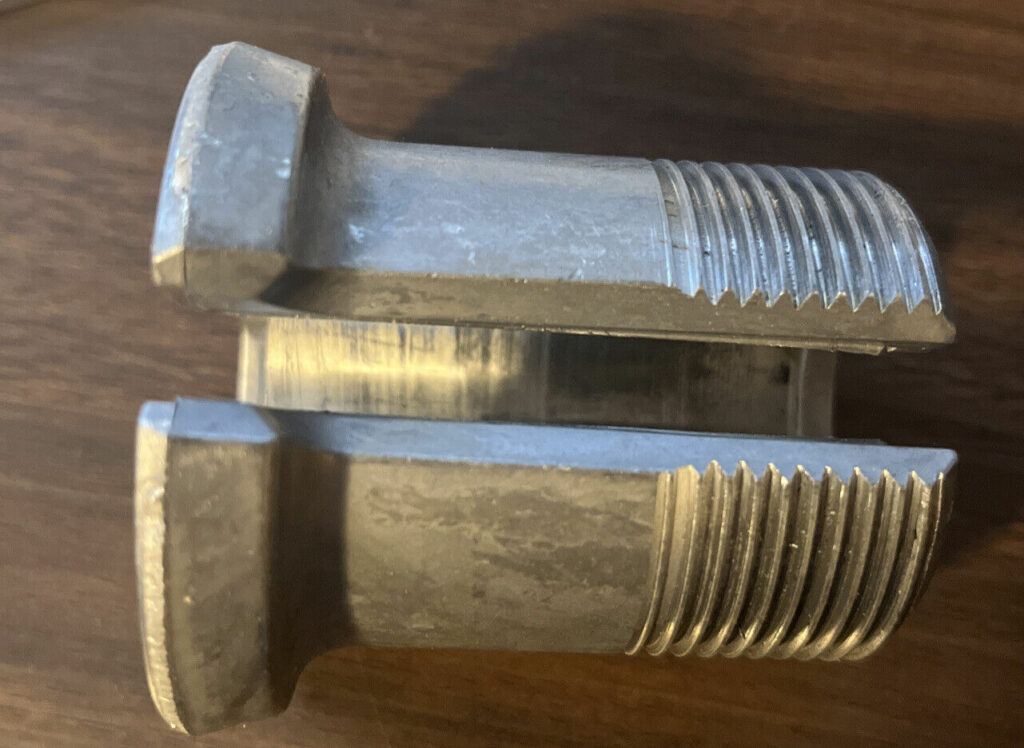
Here’s the thing:
The drive block is responsible for the connection between the agitator and the washer transmission.
By implication, if the transmission drive block is defective, your Whirlpool washer will not agitate properly.
Why?
The transmission shaft has back-and-forth motions and typically moves the agitator with it.
While a fault in the drive block will still allow the transmission shaft to move freely, the agitator will not twist accordingly.
Do this if your Whirlpool top-load washer is not agitating:
- Step 1: Unplug your washer and turn off the water supply.
- Step 2: Unscrew the front panel and disconnect the electrical connectors.
- Step 3: Remove the agitator, and the washtub nut with a wrench, then locate the drive block.
- Step 4: Inspect the drive block for visible signs of damage.
- Step 5: If damaged, remove the old drive block by gently tapping it with a hammer.
- Step 6: Install a new drive block by aligning the slots with the tabs.
- Step 7: Reassemble your Whirlpool washer and run a test cycle to be sure it works properly.
Now:
If you’re not technically inclined, it would be much better and easier to call a skilled technician to help with the installation.
You don’t want to harm yourself or further damage your Whirlpool washer; you’re trying to fix it, remember?
3. Change the Broken Motor Coupling
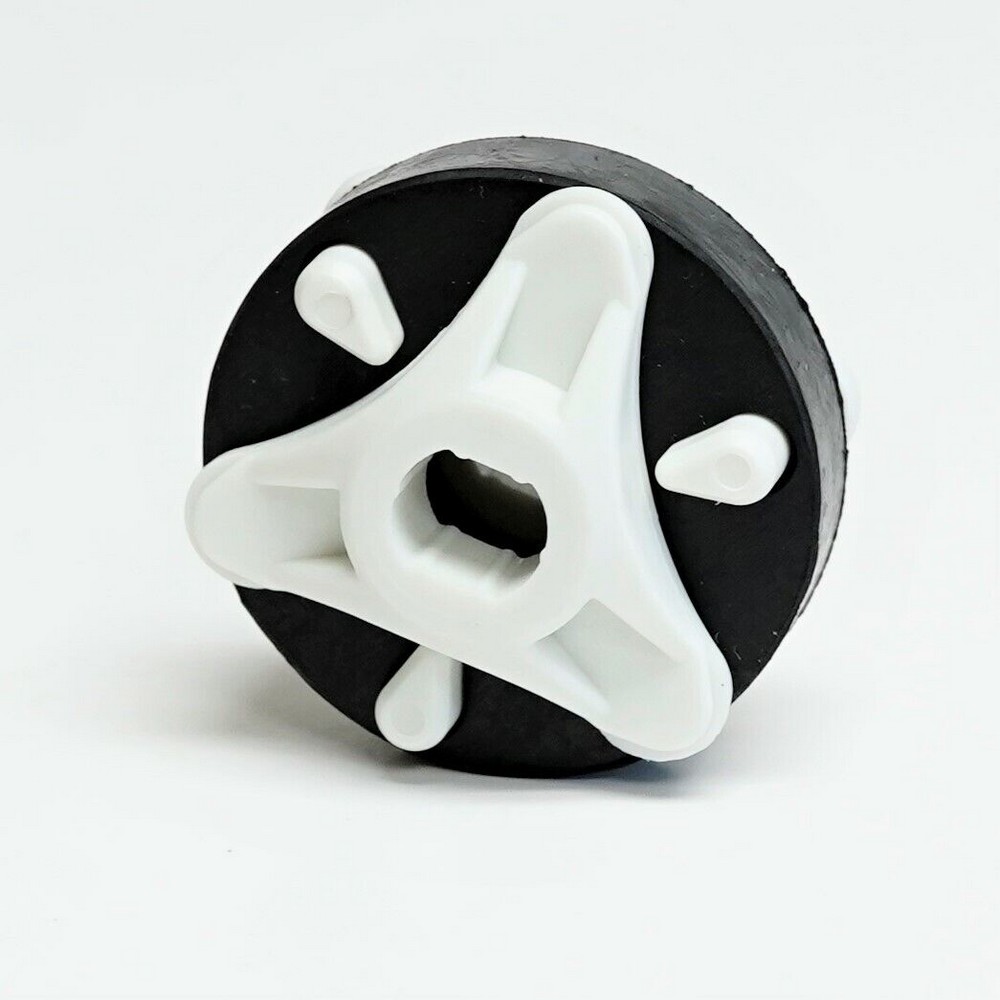
Get this:
Your Whirlpool washer could barely be agitating because of a broken motor coupling.
The motor coupling is an essential washing machine component that connects the electric drive motor to the drive system and washer transmission.
The thing is:
The motor coupling will likely fail to protect the motor and the drive system if the washer constantly gets overloaded.
It could also get worn out due to age and frequent washer use.
Now:
The motor coupling is most likely damaged if the washer fills; the motor is audibly running, but the agitator does not spin.
To accurately diagnose and solve this problem:
Dismantle your washer and examine the motor coupling to confirm that it is broken. Then, replace it with a new, functional part.
Remember:
Always unplug your washer from the wall socket and turn off its hot and cold water supply before attempting to handle internal components.
4. Replace the Worn Drive Belt
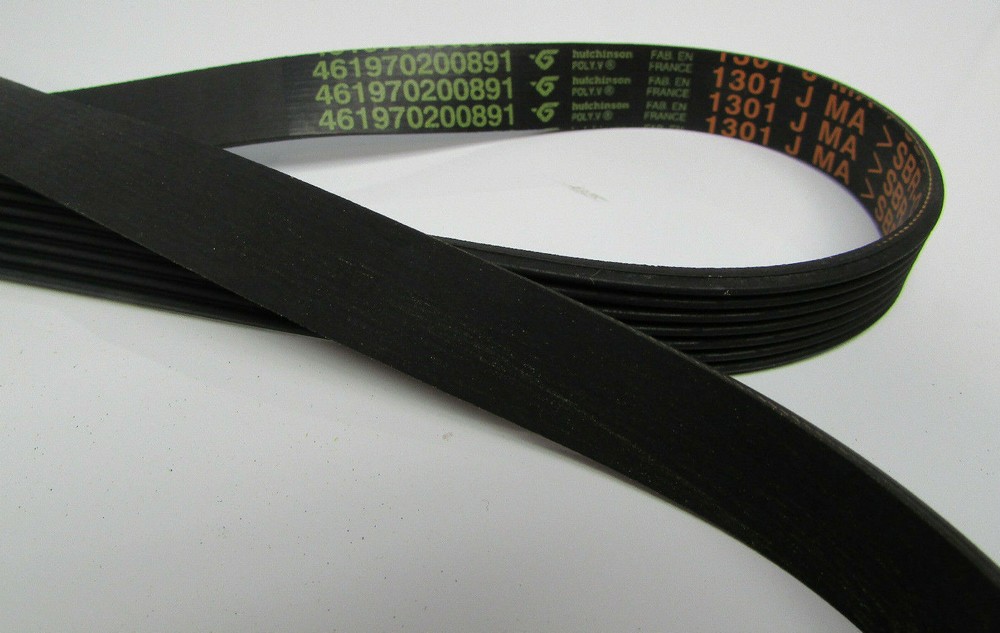
Now:
If your Whirlpool top-load washer uses a drive belt to agitate the tub, its defect could impair the washer’s agitation.
The drive belt could get stretched or worn and slip off the pulley, causing agitation problems.
Now:
Alongside agitation problems, if your washer makes loud noises during a cycle, you’ll be able to determine that the drive belt is broken.
You can also detect that it has been damaged from the distinct smell of burning rubber.
Follow these instructions to get your Whirlpool washer back to its prime state:
- Step 1: Unplug your washer from the power source and turn off the water supply.
- Step 2: Unscrew the rear panel of the washer and slide it off.
- Step 3: Locate the drive pulley and inspect the belt for damage or loosened attachment.
- Step 4: If faulty, replace it with a new drive belt.
- Step 5: Screw the rear panel back on.
After this:
Run a test cycle to ensure your washer is agitating properly again. If it is not, you may have to consider other causes and attempt their troubleshooting procedures.
5. Replace the Damaged Rotor or Stator Assembly
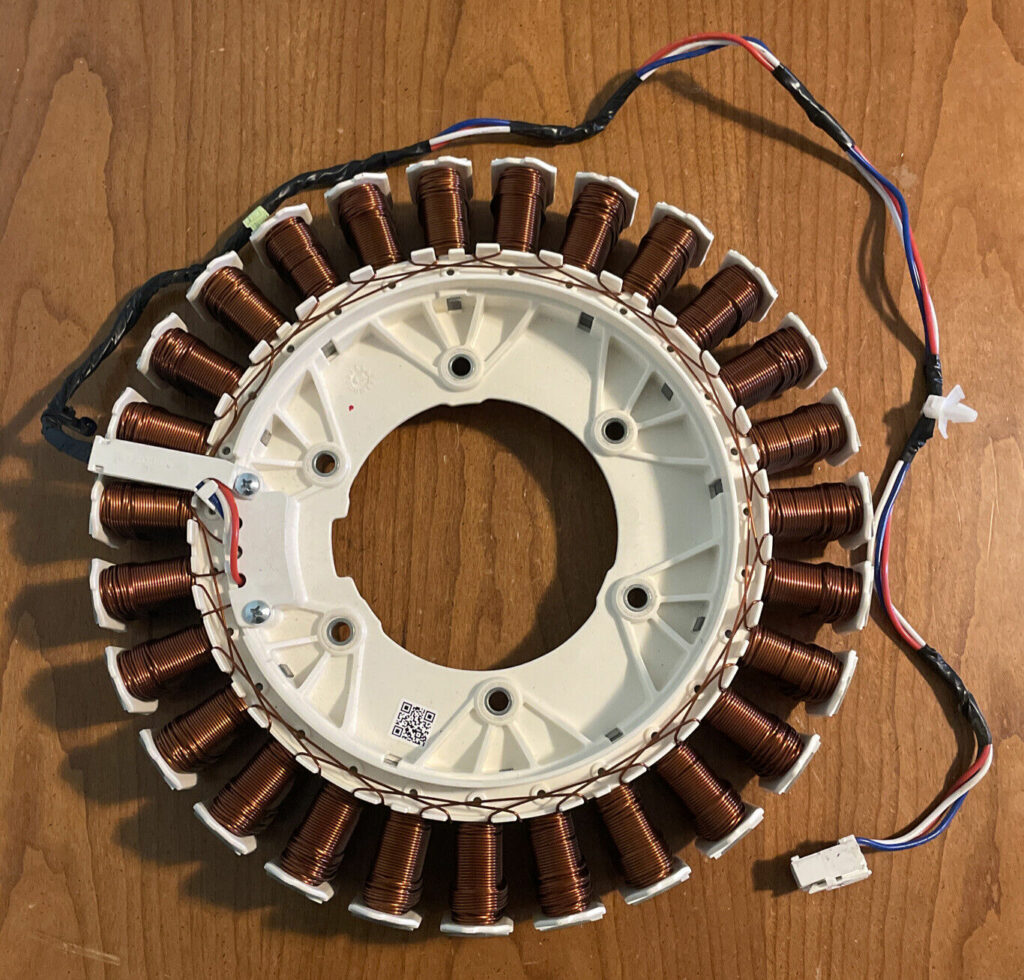
Listen:
If your Whirlpool washer has a stator or rotor assembly, you should consider checking it for malfunctions.
The stator and rotor interact, creating a powerful electromagnetic field that agitates the tub.
Hence:
The washtub will not agitate or spin if the stator windings or rotor magnets are defective.
Here’s what to do:
- Step 1: Unplug your washer from the power source and disconnect the fill hoses.
- Step 2: Dismantle the rear panel of your washer and lay it on its side.
- Step 3: Release the retaining bolt of the rotor assembly and detach it.
- Step 4: Scrutinize the stator windings and rotor magnets for visible signs of damage.
- Step 5: Test the stator for electrical continuity with a multimeter.
- Step 6: If negative, you’ll need to replace it.
- Step 7: To replace it, detach the electrical connectors from the stator and install a new one.
- Step 8: Reassemble your Whirlpool washer and run a test cycle to ascertain functionality.
Please:
Call a qualified professional for assistance with this replacement if you are not technically skilled.
Note:
Purchase the replacement stator or rotor assembly from any online store, preferably Whirlpool’s genuine parts store.
Also, you can get a free replacement from Whirlpool if your device is still under the one-year warranty.
6. Replace the Faulty Lid Switch
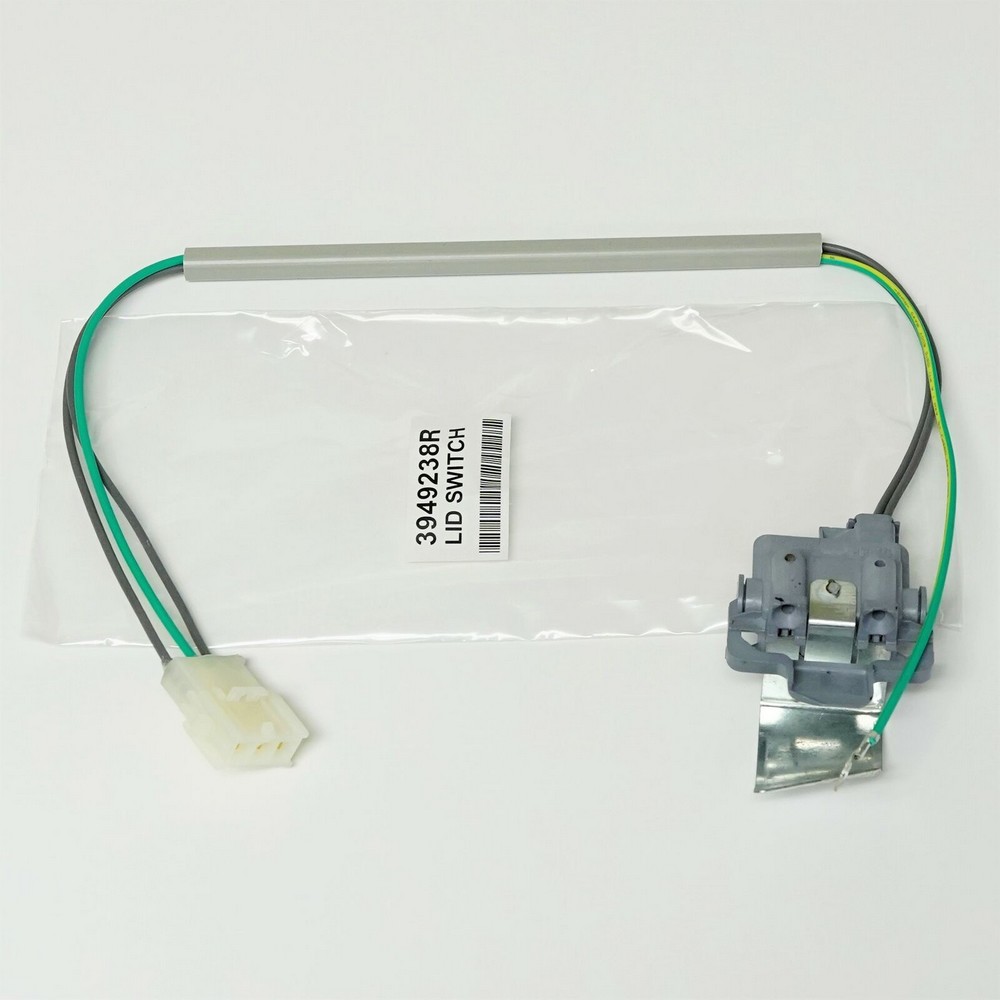
Here’s the thing:
Your Whirlpool washer might have issues with agitating if there is a fault in the lid switch.
You can find the lid switch close to the lid of your top-load washer, usually on the right side.
You see:
The lid switch is a safety feature that ensures the lid is closed and keeps it locked during the cycle. When triggered by closing the lid, the lid switch signals the washer to begin the wash cycle and agitate.
How?
When the lid is shut, a projection on the lid pushes the lid switch to activate it.
The lid switch is connected to the motor circuit, so once it is activated, the motor is triggered to operate.
So:
If there is a problem with the lid switch mechanism, your Whirlpool washer will not agitate; it may not even start the wash cycle.
You should check for faults in the lid switch and replace it if you find any.
Do this:
- Step 1: Unplug your Whirlpool washer and turn off the water supply.
- Step 2: Remove the top panel and locate the lid switch assembly.
- Step 3: Inspect the lid switch for damage, then test it with a multimeter.
- Step 4: If it tests negative for continuity, replace the lid switch.
- Step 5: Reattach the top panel, plug your washer back in and run a test cycle.
Note:
Make sure to wear the right apparel and use the appropriate apparatus if you’re conducting this repair yourself. Otherwise, call a professional for assistance.
7. Replace the Malfunctioning Drive Motor
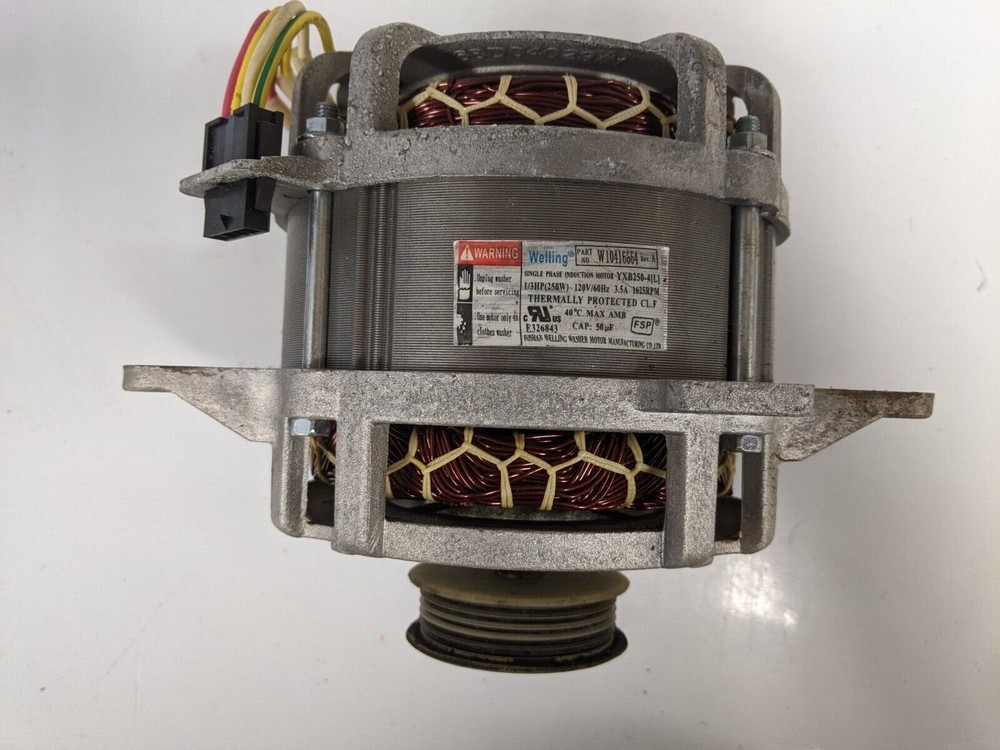
Although:
The drive motor is hardly the cause of a defective agitation mechanism in Whirlpool washers; it is still a factor to be evaluated.
If your washer still doesn’t agitate after attempting other troubleshooting hacks, then the drive motor could be at fault.
You see:
Your Whirlpool washer drive motor is tasked with propelling the agitator, pump, transmission, and inner wash tub.
You can detect a malfunctioning drive motor by listening out for unnatural noises or vibrations and observing the agitation pattern of your washer.
So:
If you discover that your Whirlpool washer is not agitating properly and you suspect that the drive motor is at fault, do this:
- Step 1: Unplug your Whirlpool washer from the power source and detach the water-fill hoses.
- Step 2: Carefully tilt the washer back and lay it on its rear panel.
- Step 3: Remove the belt guard, drive belt, and motor connector.
- Step 4: Test the motor with a multimeter or voltmeter for electrical continuity.
- Step 5: If it tests negative, unthread the mounting screws and remove the motor.
- Step 6: Replace it with a new motor.
- Step 7: Reassemble your Whirlpool washer and run a test cycle to be sure the motor works.
Certainly:
Your washer should agitate properly after replacing the drive motor.
We recommend that you schedule a repair with Whirlpool’s team of highly skilled technicians to diagnose and service your washer correctly.
Model Most Affected
Here’s the thing:
If you own a top-load washer with a fixed or detachable agitator, it could suffer from some of the abovementioned issues.
However:
This distinct Whirlpool model has recorded the most consumer complaints concerning unsatisfactory agitation performance.
1. Whirlpool Cabrio
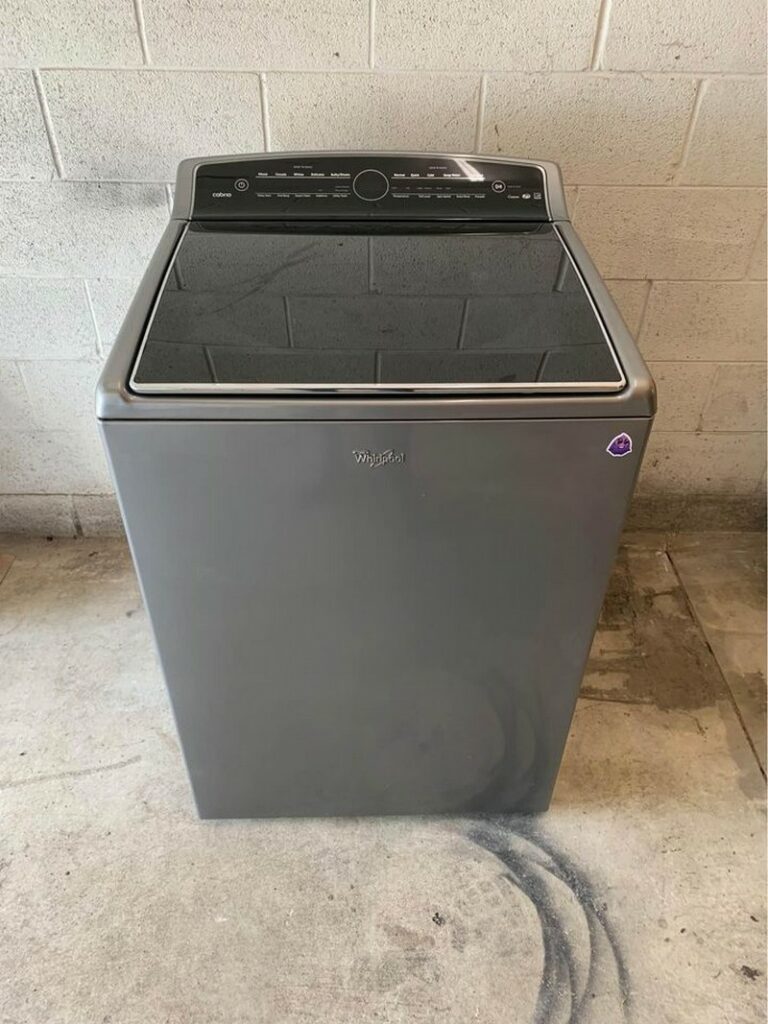
Now:
The Whirlpool Cabrio is a customizable top load washer that lets you adjust and pretreat your loads with intuitive controls.
It has a double-purpose removable agitator that affords bulky loads the luxury of a little more space to spin.
So:
If your washer is not agitating properly, you can simply disconnect the agitator and rely on the impeller mechanism instead.
Otherwise, you can troubleshoot it with the tips outlined in this article.
Conclusion
Get this:
The agitator is a fundamental component of any top-load Whirlpool washer, as their operations rely heavily on it.
We’ve established that if the agitator is faulty, your washer won’t be able to run the wash cycle as effectively as it should.
Putting that into that consideration:
It could be exasperating to discover that your washer agitator is not working optimally and is frustrating your efforts to do your laundry.
As such:
If you notice your washer is having agitating problems, try these troubleshooting suggestions:
- Replace damaged agitator components.
- Replace the defective transmission drive block.
- Change the broken motor coupler.
- Replace the worn drive belt.
- Replace the damaged rotor or stator assembly.
- Replace the malfunctioning drive motor.
Certainly:
Your Whirlpool washer should be agitating correctly after trying these easy fixes.
However, if your agitator is still faulty, it is time to contact Whirlpool Customer Support for more model-specific troubleshooting guidance.
Also:
We suggest you consult a professional service technician for help with internal component replacements and electrical fixes if that is not your niche.
Anyway:
How was your repair process? Tell us about it in the comment section below, along with any additions or questions you may have.
Frequently Asked Questions
Your washer could barely agitate because of a damaged lower or upper agitator. If the directional cogs are worn-out, agitator parts won’t connect properly, leading to unsatisfactory agitation.
If your Whirlpool washer is not agitating, it is likely the result of a defective drive block, belt, motor, or motor coupler.
The problem could also stem from a faulty agitator with its components or the rotor or stator.
Replacing faulty agitator components with the repair kit could conveniently fix your Whirlpool washer’s agitator.
The agitator repair kit contains replacement parts for components most likely to wear out, especially the agitator dogs.
Ordinarily, your Whirlpool agitator oscillates to function, so if it does not move or barely moves, then it is probably broken.
You should inspect the agitator to determine the exact fault and replace the necessary parts.
If your top-load washing machine is spinning but not agitating, the culprit might be a damaged agitator.
Replace it immediately to troubleshoot this problem and get your washer to work effectively.
The average cost of a replacement washing machine agitator is $350 to $575.
However, you can repair your agitator components with the relatively cheaper agitator repair kit, which costs about $36.
The output transmission shaft propels the washing machine agitator in top-load washers.
This shaft is usually splined and tightly attached to the spline at the center of the agitator.

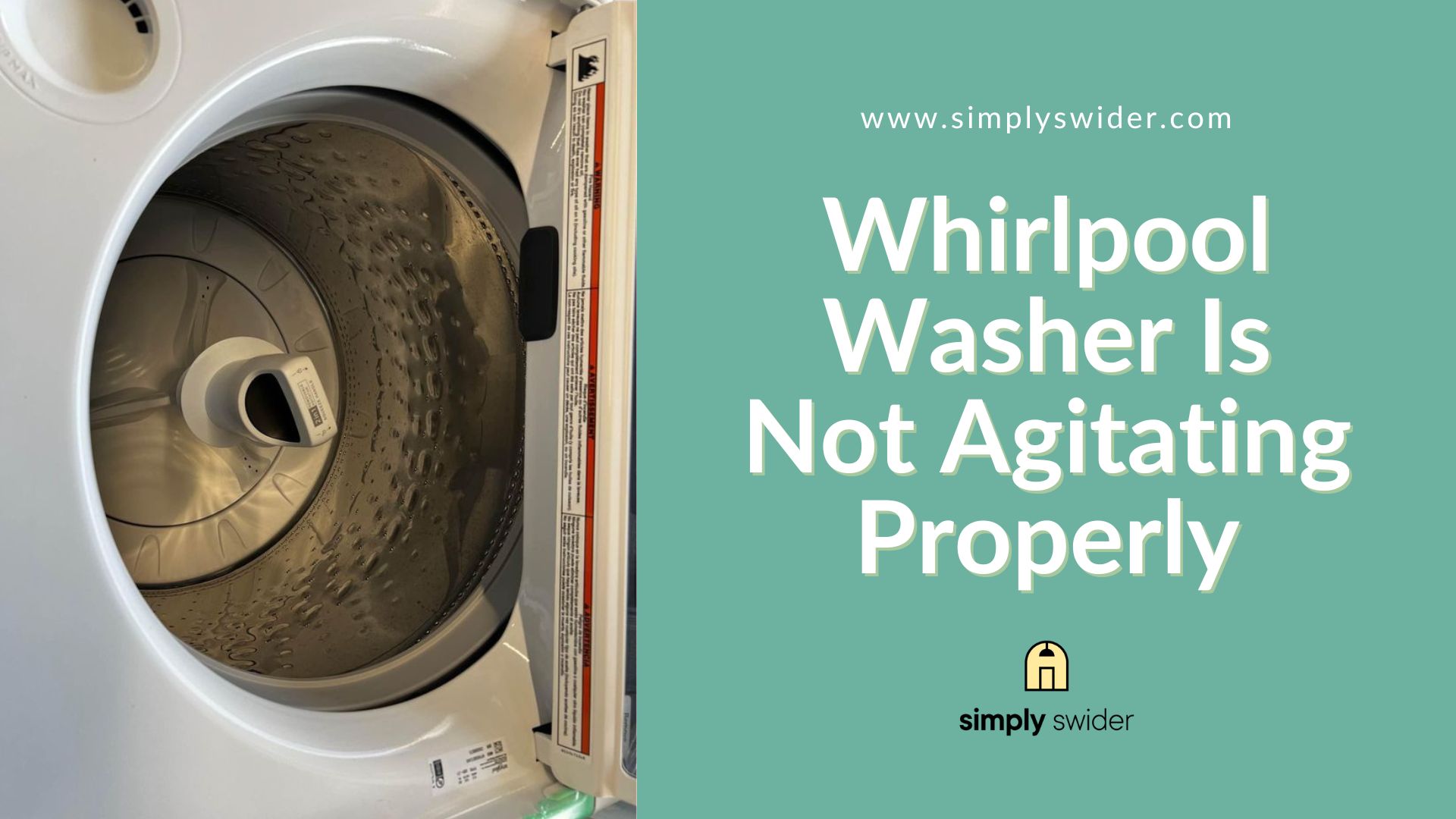
This is a brand new washer. Is there a way to increase the speed of the agitator?
Usually, a slow agitator can mean two things: either a possible clog, a damaged lower agitator, or a faulty connection between the agitator and the drive.
Since this is a new machine, I’d assume the issue lies between the last two options on the above list. First, inspect the agitator for any sign of factory-faults or damage. If all is good, please contact a professional to confirm the connection between your agitator and drive. If this doesn’t work, you may have to reach out to Whirlpool customer support. This would be ideal, since it’s a new machine, and your warranty is till active.